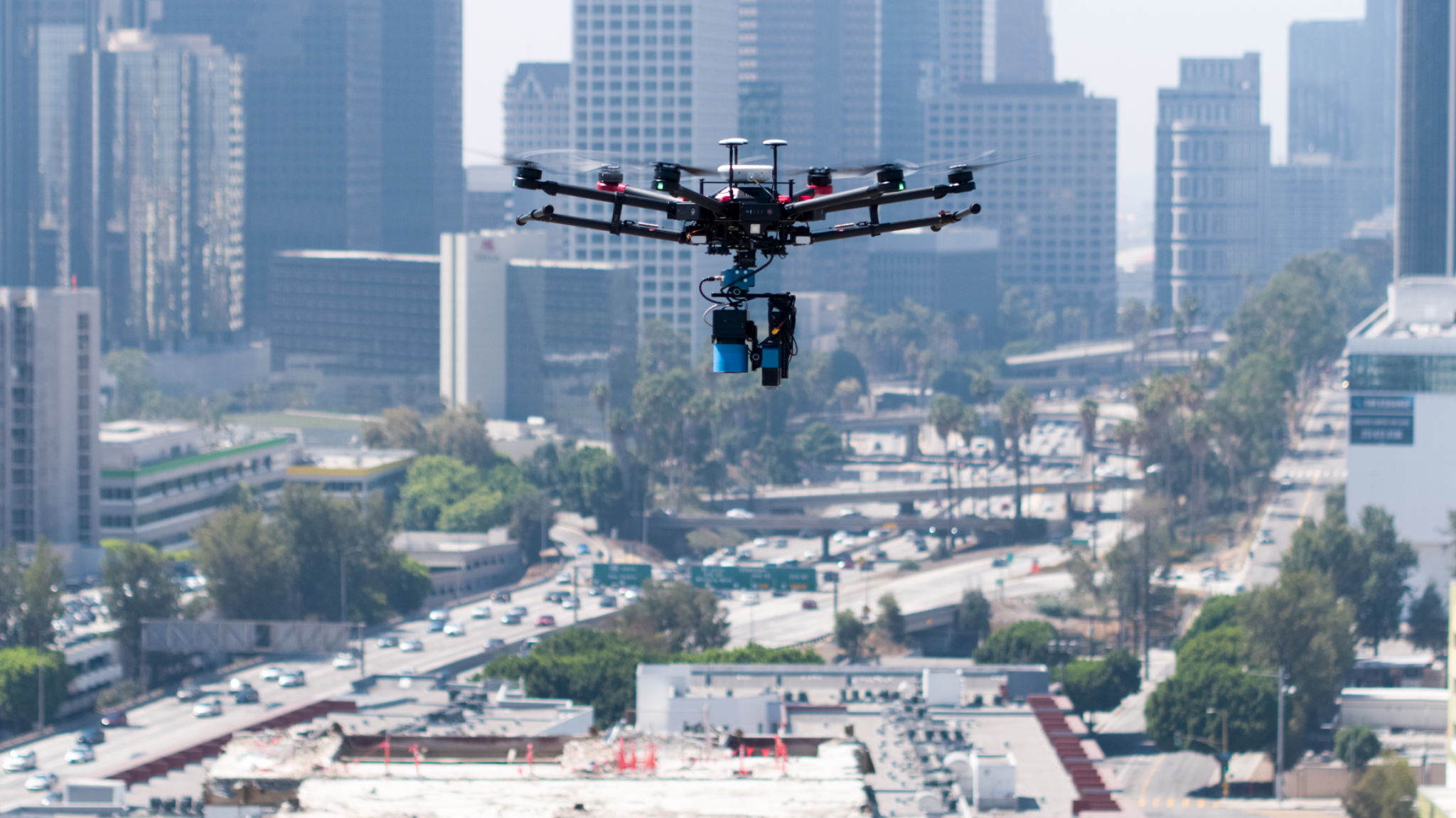Drone Inspections: Revolutionizing Maintenance in Zhejiang's Industrial Sector
Introduction to Drone Inspections
In recent years, the use of drones has expanded beyond recreational purposes and emerged as a powerful tool in various industries. One such sector experiencing a significant transformation is Zhejiang's industrial sector, where drone inspections are revolutionizing maintenance practices. This technological advancement is not only enhancing efficiency but also ensuring safety and reducing costs.
With the rapid growth of industries in Zhejiang, maintaining infrastructure and machinery has become increasingly challenging. Traditional inspection methods often involve manual checks, which are time-consuming and sometimes hazardous. The introduction of drone technology provides a modern solution to these challenges, offering a new perspective on maintenance operations.

Advantages of Drone Inspections
Drone inspections offer several advantages over conventional methods. Firstly, they provide accessibility to hard-to-reach areas without the need for scaffolding or cranes. This not only saves time but also minimizes the risk of accidents for maintenance personnel. Additionally, drones equipped with high-resolution cameras and sensors can capture detailed data, enabling precise analysis and decision-making.
Another significant benefit is the reduction in downtime. Traditional inspection methods often require halting operations, leading to productivity losses. Drones can perform inspections while equipment is still running, ensuring continuous production and minimizing disruptions.

Cost Efficiency and Environmental Impact
The cost-effectiveness of drone inspections cannot be overlooked. By reducing the need for extensive manual labor and equipment, companies can significantly cut down on expenses. Moreover, the ability to swiftly identify issues before they escalate into major problems helps in avoiding costly repairs and replacements.
In terms of environmental impact, drones offer a greener alternative to traditional inspection methods. With fewer resources required and reduced energy consumption, drones contribute to a more sustainable approach to industrial maintenance.
Applications in Zhejiang's Industrial Sector
Drone inspections have found applications across various industries in Zhejiang, including manufacturing, energy, and construction. In manufacturing plants, drones are used to monitor assembly lines, detect equipment malfunctions, and ensure quality control. In the energy sector, drones inspect power lines, wind turbines, and solar panels, ensuring optimal performance and identifying potential hazards.

Construction sites benefit from drone technology by enabling progress tracking and site surveying. This allows for real-time updates and efficient management of resources, ultimately leading to faster project completion times.
Challenges and Future Prospects
While the benefits of drone inspections are numerous, there are challenges to consider. Regulatory restrictions and privacy concerns can pose obstacles to widespread adoption. Moreover, the need for skilled operators and analysts to interpret data from drone inspections is critical for maximizing their potential.
Looking ahead, the future prospects for drone inspections in Zhejiang's industrial sector are promising. As technology continues to advance, drones are expected to become even more autonomous and capable of performing complex tasks with minimal human intervention.

Conclusion
The integration of drone inspections into Zhejiang's industrial sector represents a leap forward in maintenance practices. By offering unmatched advantages in terms of safety, efficiency, and cost-effectiveness, drones are set to play a pivotal role in shaping the future of industrial operations. As industries continue to embrace this technology, Zhejiang is poised to remain at the forefront of innovation and progress.